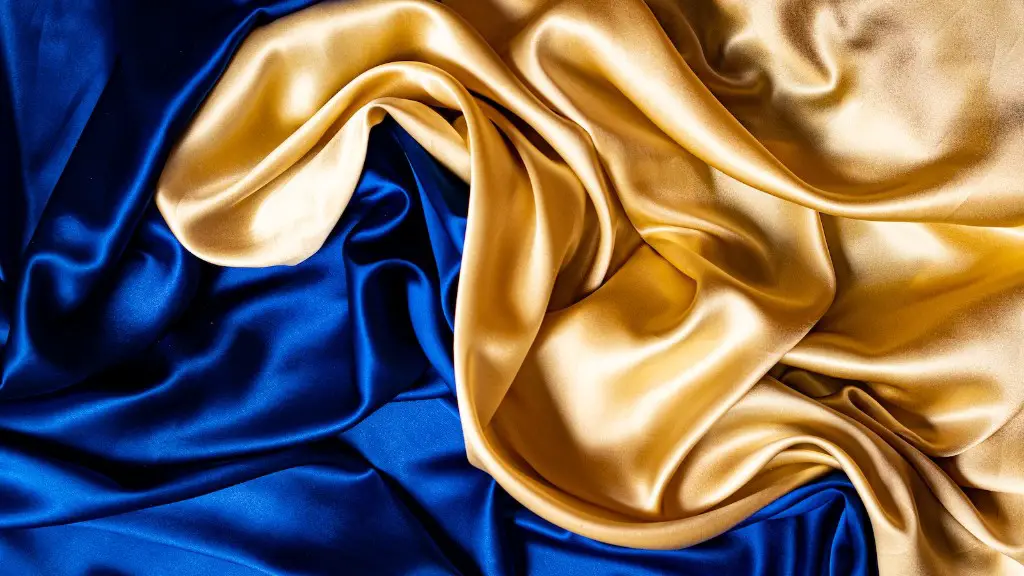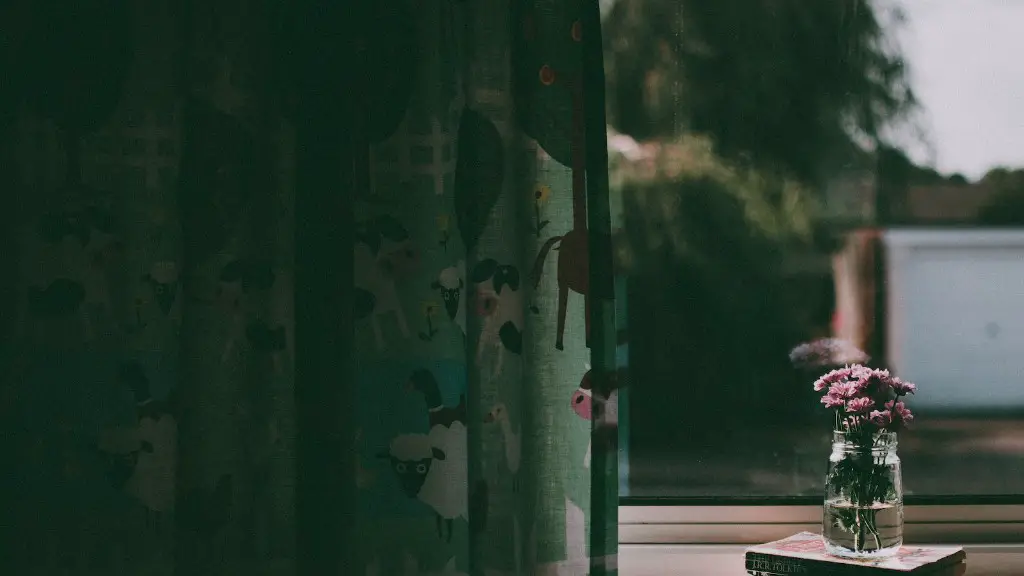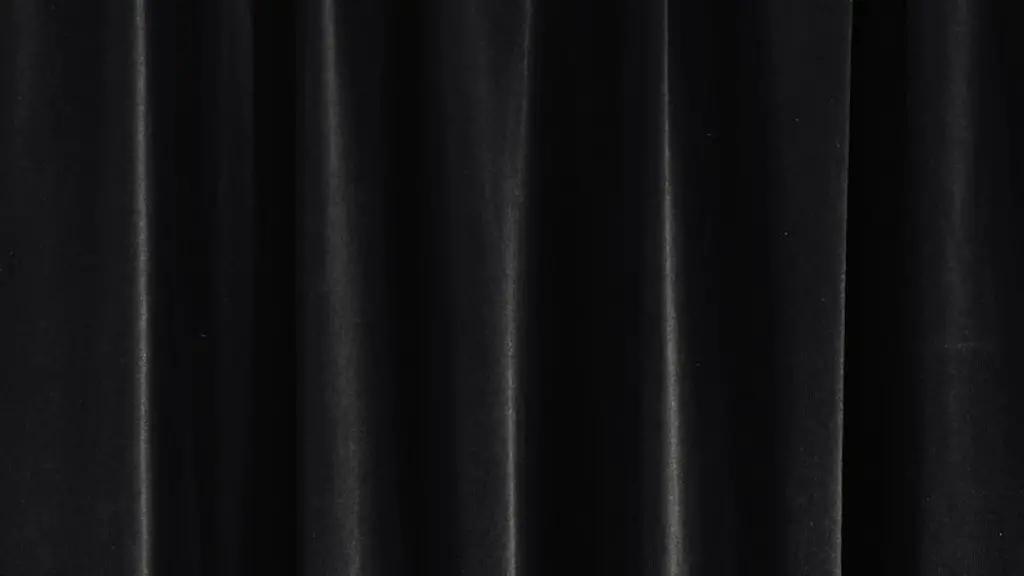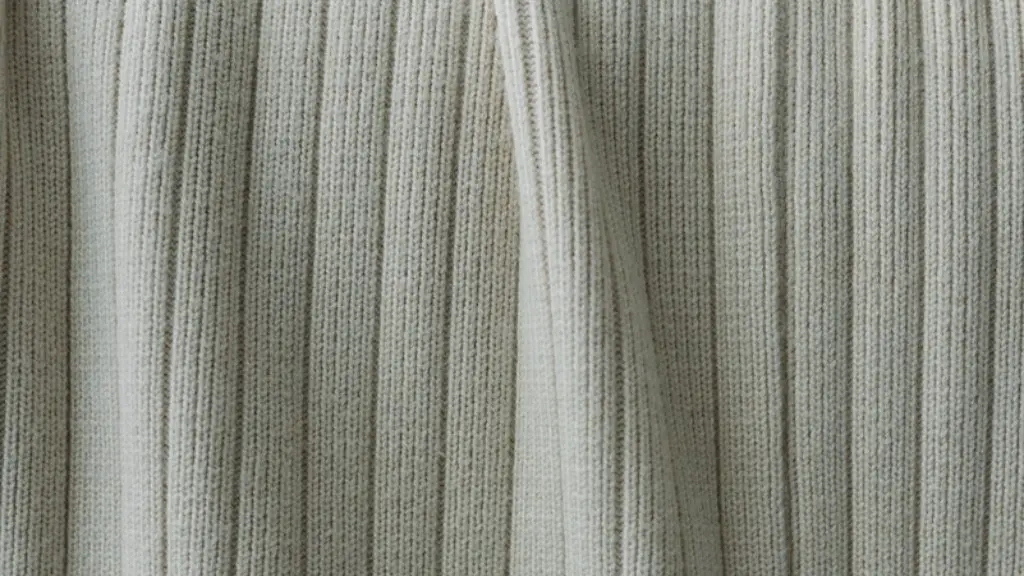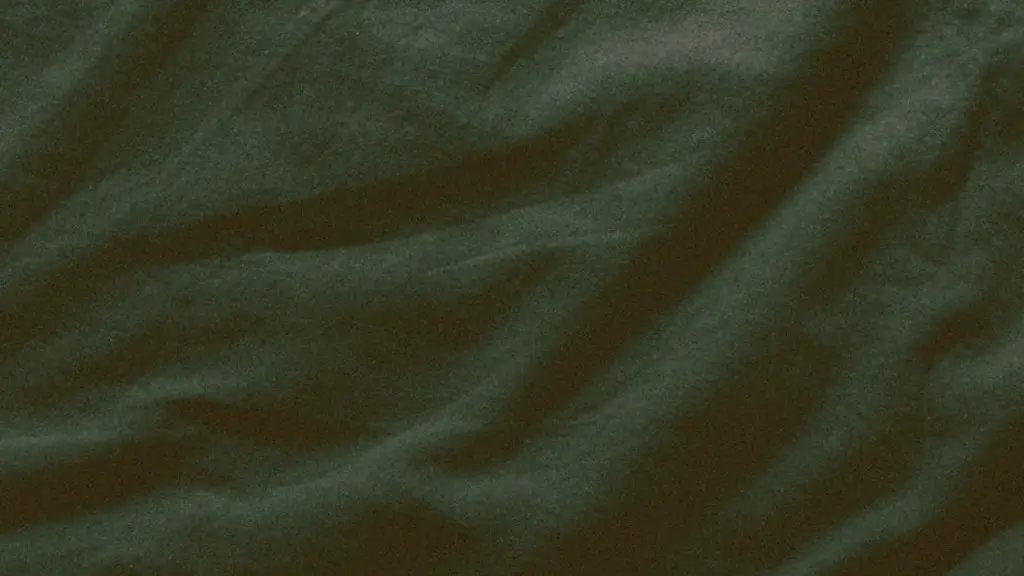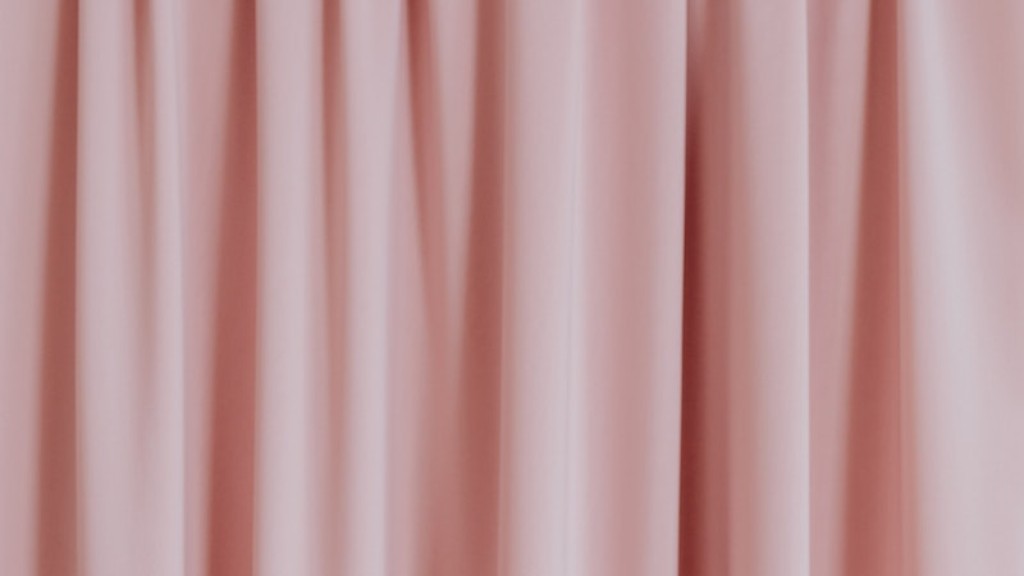There are a few things to keep in mind when considering dyeing silk curtains. First, because silk is a protein fiber, it can be dyed with either protein or acid dyes. Second, silk takes dye differently than other fabrics, so expect some color variation. And finally, be sure to test a small swatch of the fabric before dyeing the entire piece.
Yes, you can dye silk curtains.
Can 100% silk be dyed?
You can easily dye silk using food coloring as well as synthetic dyes, reactive dyes and procion mx dyes which would also dye any synthetic fibers. Silk is a natural protein fiber, some of which can be dyed using natural dyes, while others require the use of chemical dyes. You can achieve some beautiful colors with food coloring, and it is a great way to experiment with color without having to invest in a lot of expensive dyes. You can also use food coloring to dye other natural fibers such as wool and cotton.
Acid dyes are the best and most reliable choice for dyeing silk. They work on any protein fiber. This means any fiber created by an animal: wool, alpaca, mohair, silk, cashmere, and even feathers! Oddly, nylon can also be dyed with acid dyes, even though it’s not technically a protein fiber.
Can you use Rit dye on silk
Rit All-Purpose Dye is a great way to add color to your wardrobe. It can dye washable fabrics containing natural fibers such as cotton, linen, wool, silk, ramie and modal. It can also dye washable fabrics containing synthetic fibers such as nylon, rayon and viscose.
There are several other methods of dyeing silks, but I just happen to really like immersion dyeing for solid colors. It’s a pretty straightforward process, and the results are always beautiful and vibrant. Plus, it’s really satisfying to watch the color magically appear as the fabric is submerged in the dye bath!
What fabrics Cannot be dyed?
As a general rule, synthetic fabrics cannot be dyed with DYLON Dye – they just won’t hold the colour. This is because the synthetic fibres are not porous, so the dye cannot penetrate them. In case you want to identify synthetic fibres (so you know what to avoid), some of the most common ones are: Goretex and Lycra.
Silk is an extremely versatile fabric and can be used for a variety of purposes. It is soft and lustrous, making it ideal for clothing such as dresses, blouses, and lingerie. Silk is also elastic, meaning it can be used for garments that need to stretch, such as swimwear and activewear. Additionally, silk can be dyed into a variety of colors, making it perfect for anything from formal wear to everyday garments.
What fabric is hardest to dye?
Polyester is a difficult fabric to dye because the colors are not very intense. Nylon, cotton, and acetate are all relatively easy to dye, but polyester is more difficult.
This is a quick and easy way to cook bacon. Simply cover the bacon with a paper towel and microwave for four minutes. The paper towel will help absorb some of the grease and the bacon will come out crisp and delicious. Enjoy!
How long does it take to dye silk
To achieve a consistent color when dying silk fabric, it is important to first check that the fabric is not crinkled. If it is, the color will not be even. Next, soak the fabric in the dye bath overnight. The length of time the fabric soaks will depend on how vibrant you want the color to be. A minimum of one hour is recommended.
If you want to get your laundry truly clean, you need to use enough water so the fabric can move around freely. The hotter the water the better.
What fabrics does Rit dye not work on?
If you’re looking to remove color from a synthetic fabric, Rit Color Remover unfortunately will not work. However, you could overdye the fabric with a darker color to achieve the desired look.
Salts play an important role in the textile dyeing process, acting as a glue to hold the dye molecules in the cloth. A certain percentage of dyestuff is fixed with textiles, and salt is added to the alkali to act as an exhausting agent. This ensures that the colorants are evenly distributed and that the dye retains its color.
What are the methods of dyeing silk
The size of the molecules of metal-complex and reactive dyes are large, so these dyes cannot penetrate the silk fibre. Therefore, these dyes are not used for dyeing silk. The size of the molecules of basic dye is small, so these dyes can penetrate the silk fibre. However, the shades obtained are not very bright. Therefore, basic dyes are not widely used for dyeing silk.
Silk fibers accept dyes much better than plant fibers. Plant fibers need a mordant or a dye with natural tannins in order to absorb the color. All fibers should be scoured before dyeing to ensure the best results.
What paints to use on silk?
It’s important to use paints that are made specifically for silk or other types of fabric painting. Gasheva opted for watercolors in blue, yellow, and red. Many artists use liquid fabric paints, but hard watercolors are good to use too, particularly for fine detailing. Silk dye would work as well.
Rit All-Purpose Dye can be used to dye washable fabrics that contain natural or synthetic fibers. This includes fabrics such as cotton, linen, wool, silk, ramie, modal, nylon, rayon, and viscose.
Conclusion
It is not recommended to dye silk curtains as the dye may not take evenly and could damage the material.
You can dye silk curtains, but it is best to do a patch test beforehand to make sure the color will take to the fabric. You will also need to use a gentler-cycle setting on your washing machine and be careful not to over-agitate the curtains, which can damage the fabric.
